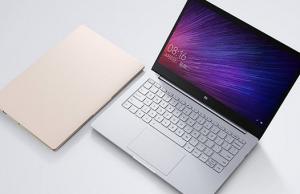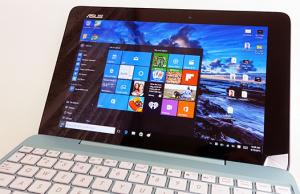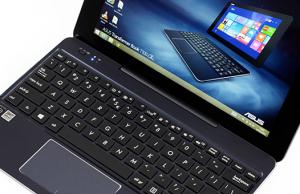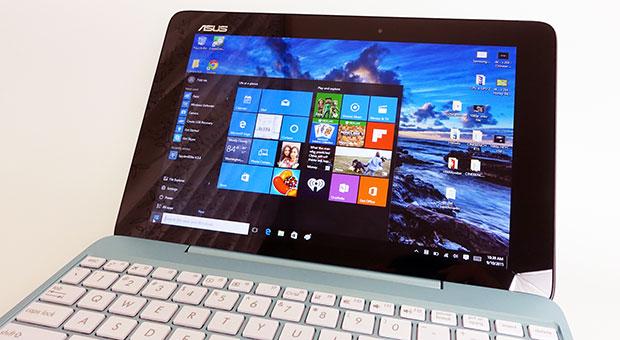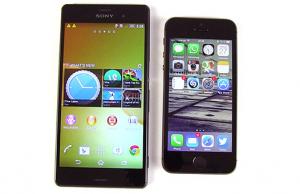The flashy launches of ultrabooks from Asus or Acer made people day dream about a new era of “on the go” computing, in which you use feather light, shiny devices, you’re always connected to friends and there’s virtually no app you won’t be able to run. One of the claims that ultrabooks have is that they can run rather complex apps and programs without needing either the physical space to store or the battery to support full voltage type hardware.
When Intel introduced the ultrabook concept, they rushed to also announce the hardware to support it. New Intel processors will come along next year and they’re said to be built especially for ultrabooks. The chips will be smaller, will require very little power to run, but packing the punch of the best Intel has to offer in terms of performance.
Until then, ultrabooks manufacturers had to settle for the already existent Intel processor, namely second generation Sandy Bridge processors. We’ve all seen and tested them, but we never had them in a 18 millimeters thin laptop.
Toshiba’s Portege opens the line up, packing a rather modest Core i3 processor. It’s not bad and it’s able to run tasks like browsing and playing HD video, but gaming and serious multitasking is kind of a bother. Next in line is the Asus Zenbook, which packs a stronger Core i5 chip, that comes with a better integrated video card as well, namely Intel HD 3000.
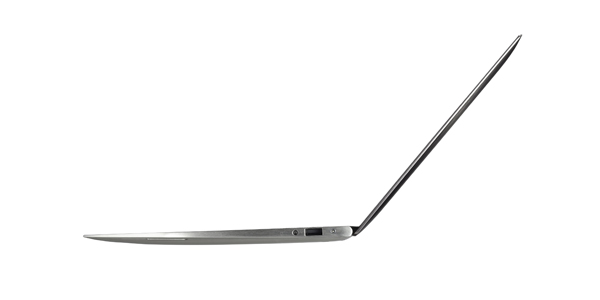
The Asus UX21 or the "Zenbook", as it's marketed by Asus. And no, it's not an MBA
While the Core i3 runs at 1.3 GHZ, the Core i5 runs at 1.7 GHZ (and even faster with TurboBoost), not to say you can dip your feet into some low to mid settings gaming. The HP Folio also packs a Core i5 chip, which is the weapon of choice for the Lenovo IdeaPad U300s as well, although there’s a Core i7 version to choose if you want.
Almost all ultrabooks have SSD drives, while some pack an SSD-HDD combo. Any way you look at it, SSD is the way to go for ultrabooks. This type of storage is much better than traditional HDDs- they are way lighter and more lenient with the battery and don’t break into pieces, like HDDs, if you drop the computer or something.
Also, the SSD allows for very fast start up and boot times, making the ultrabook experience much closer to the one offered by a tablet. You can power up your Ultrabook in a matter of seconds and the legend says that the device can resume from deep sleep in 2 seconds.
The only downturn with SSDs is that they’re still relatively more expensive than mechanical hard drives, and considering that manufacturers want to keep prices generally under $1000, most ultrabooks have 64 or 128 GB SSDs. The times of the 750 GB HDD laptops seem to fade away, especially with the proliferation of cloud services, so you can store your data online, securely.
Most ultrabooks come with 4 GB of RAM out of the box, which is more than the 2 GB base model you get on the overpriced MacBook Airs. Alternatively, you can upgrade to 8 GB on some models, which is more than enough for any strong laptop- applications will run very smooth and you’ll be able to have as many apps open as you like. This will also rise the price of the laptop, but not by that much, while the increase in performance will be very noticeable.
Ultrabooks have 13.3 inches displays with resolutions that can support HD playback- most have a 1366 x 768 resolution, which is the same you got on normal laptops in the same screen size range. As always, most of these displays will be glossy, so use them with care outside or you might be unable to see what’s on screen because of the glare. Check out our dedicated article about reducing glare.
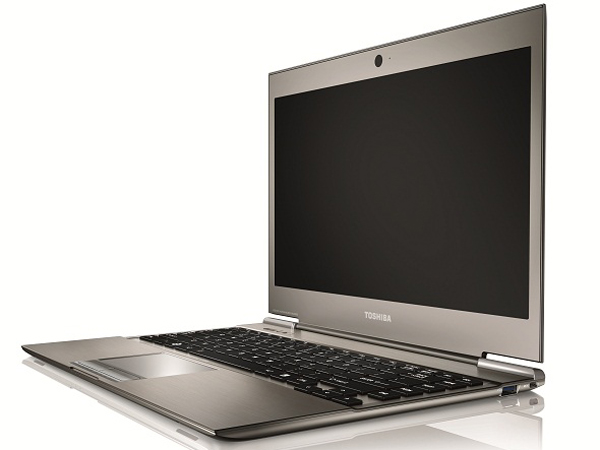
Toshiba Portege- fancy looks, modest hardware
But the most attractive thing about ultrabooks is that they’re so slim. With the thickest one ticking in at 0.71 inches and the average weight being around 1.2-1.4 kg, ultrabooks are not much thicker than a tablet and will fit in any bag. And in comparison with mainstream laptops, ultrabooks are much thinner and lighter, that’s for sure.
Lightweight doesn’t mean flimsy in terms of battery life, as ultrabooks are expected to last even 10 hours on a single charge. Sure, these are factory estimates and in real life conditions, this might mean 6 to 7, but it’s still impressive for such a light device.
As for pricing, ultrabooks are generally more expensive than mainstream laptops and some tablets, but are cheaper than the MacBook Air. The cheapest ultrabook, Toshiba’s Portege, starts at $799, while the most expensive of the lot will probably be the Lenovo IdeaPad U300s, which will cost around $1200. Considering the base model of the 13.3 inch MBA goes for 1300 bucks, Apple will have a hard time at keeping prices so high, considering that now some other kids are playing the same game.

